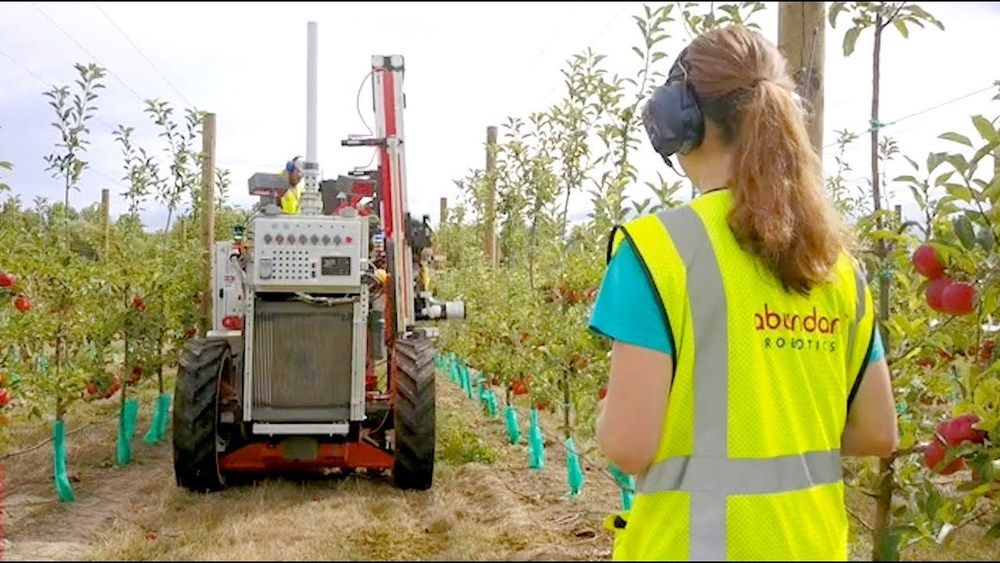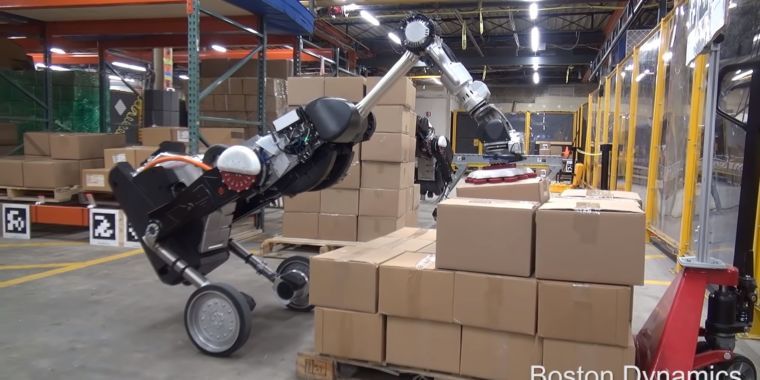Mar 30, 2019
A New Male Birth Control Pill is Being Tested. Here’s What to Know
Posted by Genevieve Klien in category: biotech/medical
A second male birth control pill succeeded in preliminary testing, suggesting that a new form of contraception may eventually exist.
The new pill, which works similarly to female contraception, passed initial safety tests and produced hormone responses consistent with effective birth control in 30 men, according to research presented by the Los Angeles Biomedical Research Institute and the University of Washington at the Endocrine Society’s annual meeting. (The study has not yet been published in a peer-reviewed journal.) It’s early days for the drug — which has not yet been submitted for approval by the Food and Drug Administration (FDA) — but co-principal investigator Dr. Christina Wang, lead researcher at LA BioMed, says it’s an important step toward effective, reversible male hormonal contraception.
“In females you have many, many methods. You have the pill, you have the patch, you have the vaginal ring, you have intrauterine devices, injections,” Wang says. “In men there is nothing that is like hormonal contraception. The standard is not equal for the genders.”

















